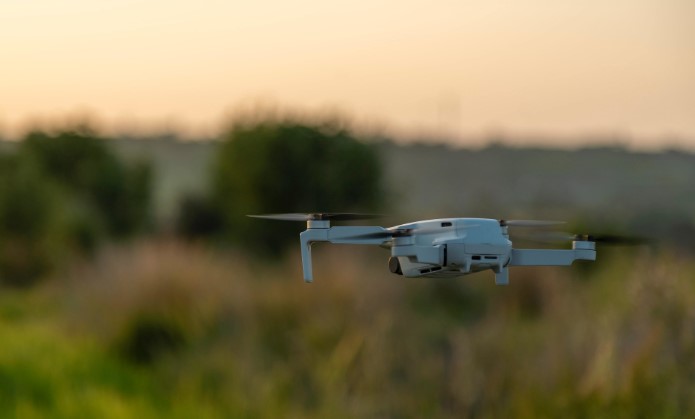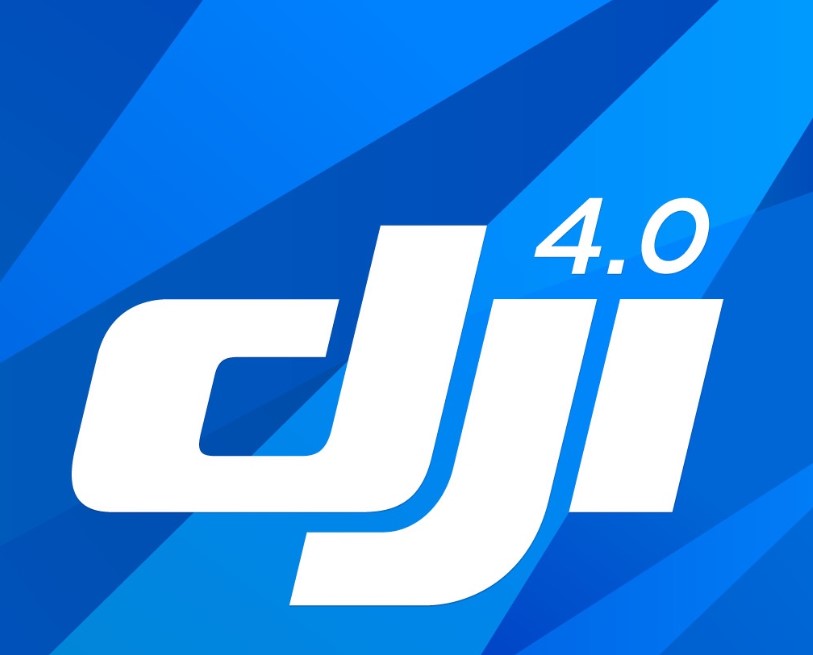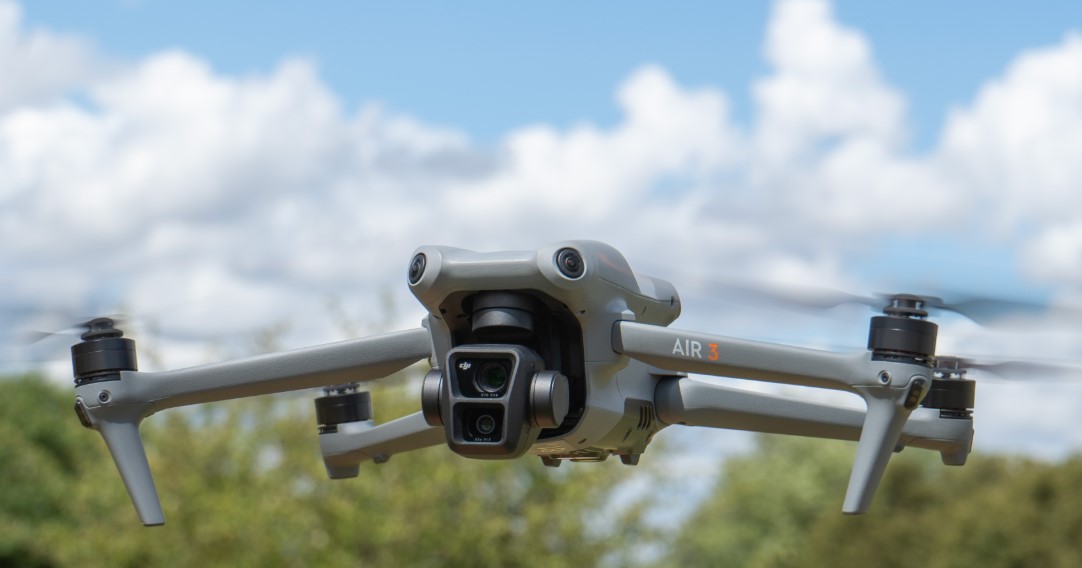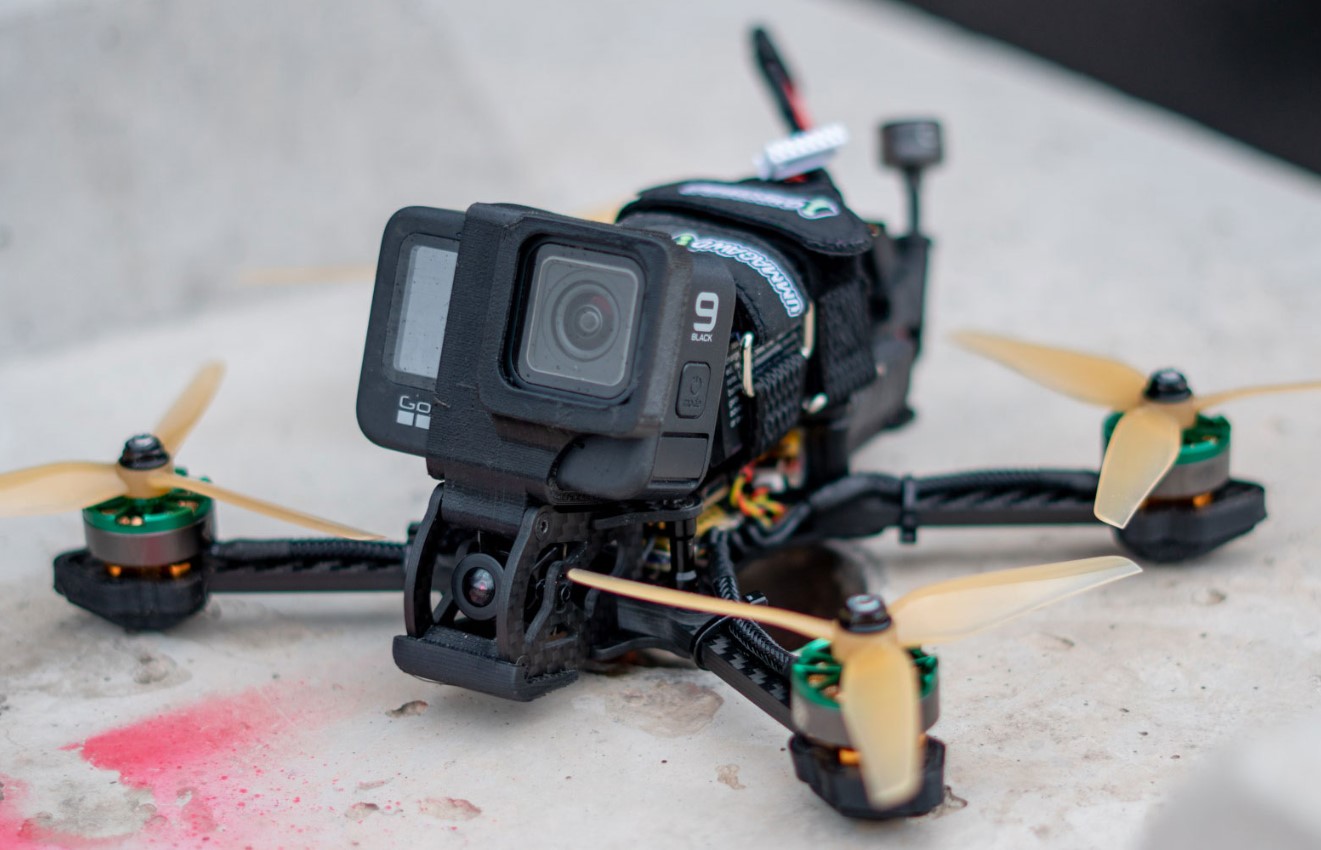Drone technology has significantly advanced over the last few years, leading to new applications in various industries, from agriculture to delivery services. One of the most exciting developments is the use of drones for delivering packages. However, before drones can take to the skies for commercial delivery, several legal, regulatory, and safety considerations must be taken into account. This is particularly relevant in Australia, where strict aviation laws govern airspace use. The question that arises is: Is drone delivery legal in Australia? Let’s explore this issue in detail.
What Are Drone Deliveries?
Drone deliveries refer to the use of unmanned aerial vehicles (UAVs) to transport goods from one location to another. These UAVs can range from small consumer drones carrying light packages to large drones capable of delivering heavier loads. The idea of drone deliveries has captured the imagination of many, especially in urban areas, where drones could potentially bypass traffic, speed up deliveries, and reduce carbon emissions.
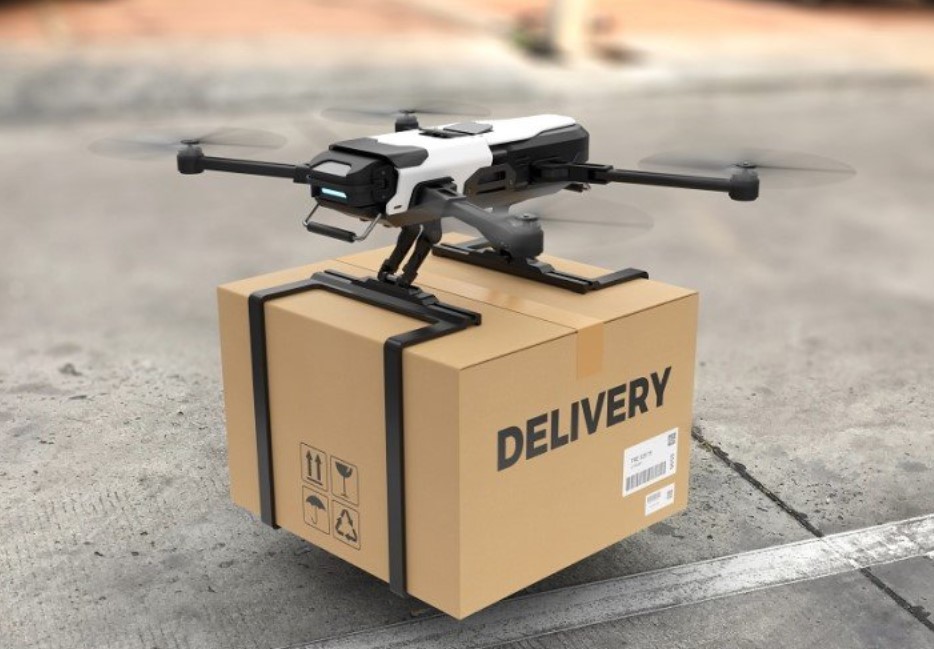
The Legal Framework for Drone Operations in Australia
In Australia, the Civil Aviation Safety Authority (CASA) regulates the use of drones under the Civil Aviation Safety Regulations (CASRs). These regulations apply to both recreational and commercial drone operators. Drone deliveries are considered commercial operations, meaning they must adhere to a stringent set of rules.
General Rules for Drone Operations
CASA has established clear guidelines to ensure drones are flown safely within Australian airspace. These guidelines address various factors such as:
- Height restrictions: Drones are generally not allowed to fly above 120 meters (400 feet) above ground level without special permission.
- Line of sight: Operators must maintain a direct visual line of sight with the drone, meaning drone deliveries cannot be made over long distances without specialized permissions.
- No-fly zones: Certain areas are restricted, such as near airports, military bases, and government buildings, due to security and safety concerns.
- No flying at night: Commercial drone operators are typically not allowed to operate drones at night without special permission.
These rules are designed to prevent accidents and ensure that drones do not interfere with manned aircraft, which is a particular concern for commercial drone deliveries.
Special Permissions and Regulations for Drone Deliveries
Drone delivery services in Australia are subject to more stringent rules than general drone operations due to the complexity of transporting goods safely and securely. For example:
- Certified Remote Pilot’s License (RePL): To operate a drone for commercial purposes, including deliveries, a remote pilot must hold an RePL, which is issued by CASA.
- Operators Certificate (ReOC): In addition to the RePL, drone delivery businesses must obtain a Remote Operators Certificate (ReOC). This certification allows a business to operate drones commercially and ensures that the company follows CASA’s safety and operational standards.
- Approval for Beyond Visual Line of Sight (BVLOS) operations: If a drone delivery service intends to fly its drones beyond the operator’s visual line of sight, it must seek approval from CASA. This is essential for longer delivery routes or where the operator cannot directly observe the drone throughout the flight.
In addition, drone delivery services must develop and adhere to safety management systems to minimize risks to people and property. These systems involve a detailed safety plan, maintenance schedules for drones, and procedures for handling emergencies.
>>> Click Is Drone Fishing Legal In Australia?
Ongoing Trials and Drone Delivery Services in Australia
Despite the strict regulatory environment, Australia is actively testing drone delivery systems. Several companies are working with CASA to explore the feasibility and safety of drones for delivering packages.
Wing Aviation
One of the most prominent companies involved in drone deliveries in Australia is Wing Aviation, a subsidiary of Google’s parent company, Alphabet. Wing has been conducting successful drone delivery trials in various parts of Australia, particularly in suburban areas like Logan in Queensland. Wing’s drones have been used to deliver food, medicine, and small packages to residents. The company has worked closely with CASA to ensure compliance with all relevant regulations.
Wing’s operations are a prime example of how drone deliveries can be legally conducted under Australia’s current laws. The company has been granted permission to fly drones beyond the visual line of sight and has adhered to CASA’s operational guidelines.
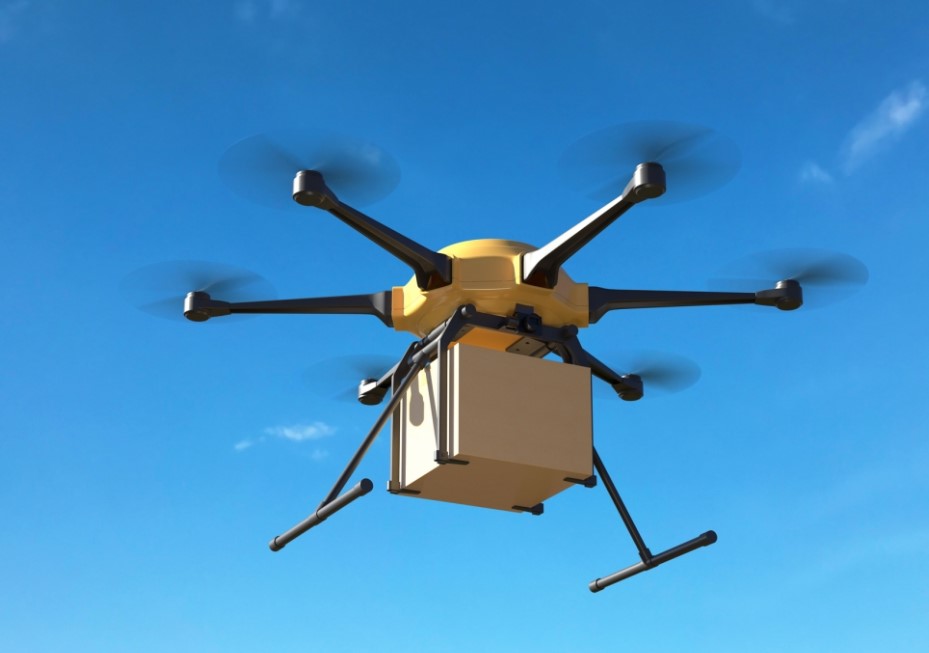
Australia Post and Swoop Aero
Another example is Australia Post, which is working with the drone company Swoop Aero to deliver medical supplies to remote and rural areas. These deliveries are part of a pilot project designed to assess the feasibility of using drones for urgent medical deliveries, such as blood samples or vaccines, in hard-to-reach areas. This service is operating within the legal framework set by CASA, with strict safety protocols in place.
These trials showcase that drone deliveries can be made legally in Australia, provided the necessary permissions are obtained and safety standards are met.
Is drone delivery legal in Australia?
Drone delivery services fall under the commercial category, and as such, are subject to stricter regulations and requirements.
To operate a drone for commercial purposes, including delivery services, operators must comply with the following regulations:
- Obtain an Operator’s Certificate: Commercial drone operators must obtain an Operator’s Certificate from CASA, which requires demonstrating a thorough understanding of aviation safety regulations and standards.
- Register the Drone: All commercial drones must be registered with CASA, which involves providing details about the drone, including its make, model, and serial number.
- Maintain a Safety Management System: Commercial drone operators must establish and maintain a safety management system (SMS) to ensure the safe operation of their drones.
- Comply with Airworthiness Requirements: Commercial drones must meet specific airworthiness requirements, including regular maintenance and inspection.
- Respect Privacy and Security: Commercial drone operators must respect individuals’ privacy and security, and comply with relevant laws and regulations, such as the Australian Privacy Act 1988.
In addition to the general regulations for commercial drone use, there are specific guidelines for drone delivery services in Australia. These include:
- Line of Sight Requirements: Drone delivery operators must maintain a clear line of sight with the drone at all times, unless they have been granted a specific exemption by CASA.
- Altitude and Distance Restrictions: Drones used for delivery services must not fly higher than 120 meters (400 feet) above ground level, and must maintain a horizontal distance of at least 30 meters (100 feet) from people and obstacles.
- Payload Restrictions: Drones used for delivery services must not carry payloads exceeding 25 kilograms (55 pounds), unless specifically approved by CASA.
- Drop-Off and Pick-Up Requirements: Drone delivery operators must ensure that the drone lands safely and securely at the designated drop-off or pick-up location.
In conclusion, drone delivery is legal in Australia, but it is subject to a robust regulatory framework established by CASA. Drone delivery services must adhere to strict safety protocols, obtain necessary permits, and ensure compliance with national aviation laws. While the process of drone deliveries is currently limited to trials and specific use cases, such as food or medical deliveries, the future looks promising. With ongoing developments in technology, regulation, and public safety, drone deliveries could become a common and viable method of transporting goods in Australia in the near future.
>>> Read: Is Drone Fishing Legal In Florida?
